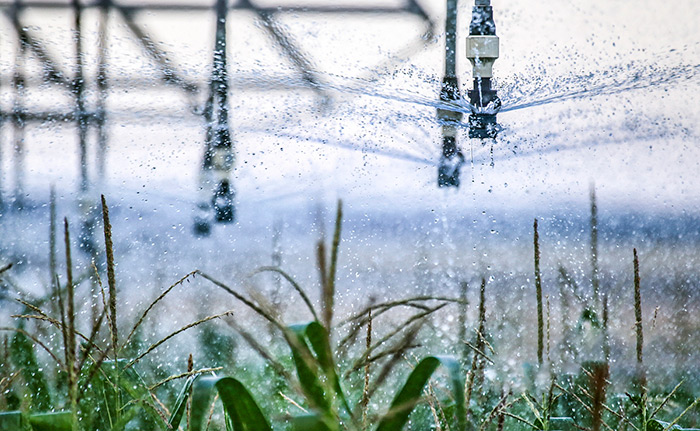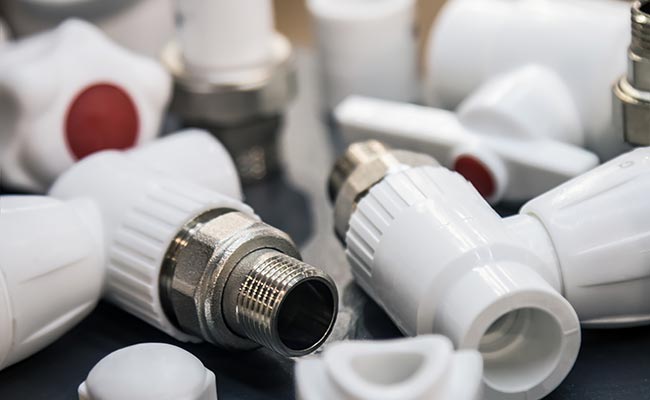Choosing between CPVC and PVC can make or break your plumbing system. Using the wrong material could lead to failures, leaks, or even dangerous bursts under pressure.
The main difference is temperature tolerance – CPVC handles hot water up to 93°C (200°F) while PVC is limited to 60°C (140°F). CPVC valves are also slightly more expensive and have better chemical resistance due to their chlorinated structure.
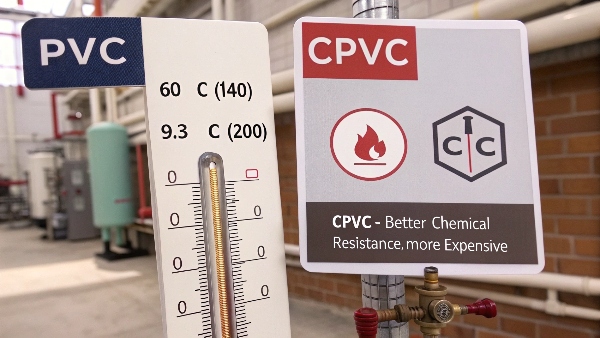
At first glance, these plastic valves look nearly identical. But their molecular differences create important performance gaps that every designer and installer should understand. In my work with countless clients like Jacky, this distinction often comes up when dealing with hot water applications where standard PVC would fail. The extra chlorine in CPVC gives it enhanced properties that justify its higher price in certain situations, while regular PVC remains the economical choice for standard water systems.
What happens if you use PVC instead of CPVC?
A moment of cost-saving can lead to catastrophic failure. Choosing PVC where CPVC is required risks warping, cracking, and dangerous pressure loss in hot systems.
Using PVC in hot water applications (above 60°C/140°F) will cause the plastic to soften and deform, leading to leaks or complete failure. In extreme cases, the valve can burst from pressure when weakened by heat, potentially causing water damage and safety hazards.
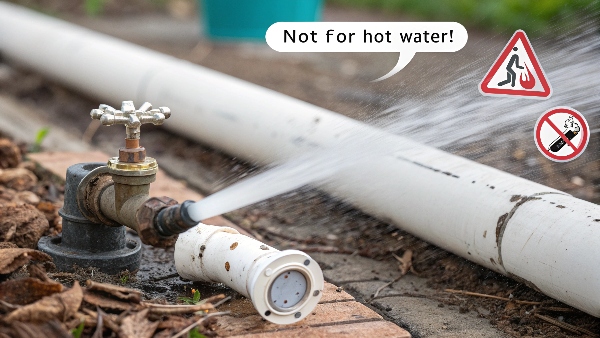
I remember a case where Jacky’s client installed PVC valves in a commercial dishwasher system to save money. Within weeks, the valves began warping and leaking. The repair costs far exceeded any initial savings. PVC’s molecular structure simply can’t handle sustained high temperatures – the plastic chains start breaking down. Unlike metal pipes, this softening isn’t visible until failure occurs. That’s why building codes strictly regulate where each material can be used.
| Temperature | PVC Performance | CPVC Performance |
|---|---|---|
| Below 60°C (140°F) | Excellent | Excellent |
| 60-82°C (140-180°F) | Begins softening | Stable |
| Above 93°C (200°F) | Fails completely | Maximum rating |
What are the advantages of a PVC ball valve?
Every project faces budget pressures, but you can’t compromise on reliability. PVC valves strike the perfect balance where conditions allow.
PVC valves offer unbeatable cost-effectiveness, easier installation, and superior corrosion resistance compared to metal alternatives. They’re 50-70% cheaper than CPVC while providing excellent performance in cold water applications.
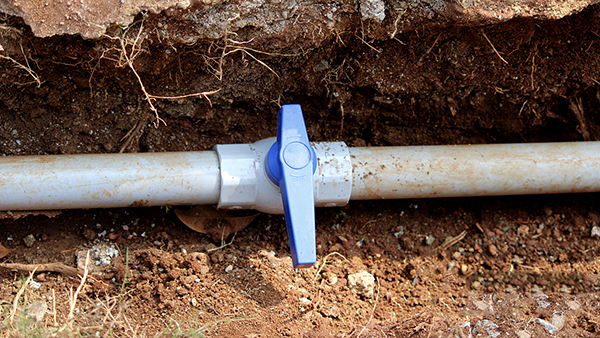
For cold water systems, there’s simply no better value than PVC. Their solvent-weld connections create faster, more reliable joints than threaded metal fittings, reducing labor costs. Unlike metal, they never corrode or build up mineral deposits. At Pntek, we’ve engineered our PVC valves with reinforced bodies that maintain their integrity even after decades of use. For projects like Jacky’s agricultural irrigation systems where temperature isn’t a concern, PVC remains the smartest choice.
Why is CPVC no longer used?
You might hear claims that CPVC is becoming obsolete, but the truth is more nuanced. Material advancements haven’t eliminated its unique advantages.
CPVC is still widely used but has been replaced by PEX and other materials in some residential applications due to cost. However, it remains essential for commercial hot water systems where its high temperature rating (93°C/200°F) outperforms alternatives.
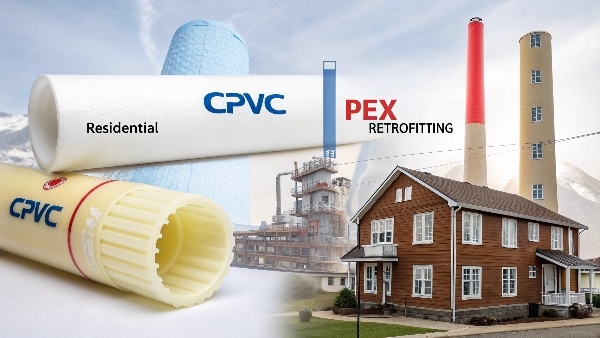
While PEX has gained popularity for home plumbing, CPVC maintains strong positions in three key areas:
- Commercial buildings with centralized hot water systems
- Industrial applications requiring chemical resistance
- Retrofit projects matching existing CPVC infrastructure
In these scenarios, CPVC’s ability to handle both heat and pressure without metal’s corrosion issues makes it irreplaceable. The notion of it disappearing is more about residential market shifts than technical obsolescence.
Are PVC and CPVC fittings compatible?
Mixing materials seems like an easy shortcut, but improper combinations create weak points that jeopardize entire systems.
No, they are not directly compatible. While both use solvent welding, they require different cements (PVC cement won’t properly bond CPVC and vice versa). However, transition fittings are available to safely connect the two materials.
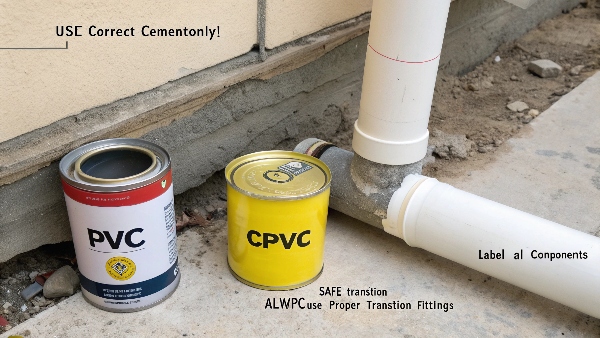
The chemical composition differences mean their solvent cements aren’t interchangeable:
- PVC cement dissolves PVC’s surface for bonding
- CPVC cement is stronger to account for its more resilient structure
Trying to force compatibility leads to weak joints that may pass pressure tests initially but fail over time. At Pntek, we always recommend:
- Using the correct cement for each material type
- Installing proper transition fittings when connections are necessary
- Clearly labeling all components to prevent mix-ups
Conclusion
PVC and CPVC ball valves serve different but equally important roles—PVC for cost-effective cold water systems and CPVC for demanding hot water applications. Choosing correctly ensures safe, long-lasting performance. Always match the valve to your system’s specific temperature and chemical requirements for optimal results.
Post time: Jul-08-2025


